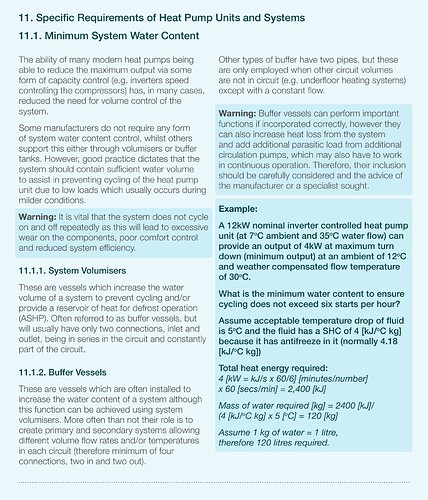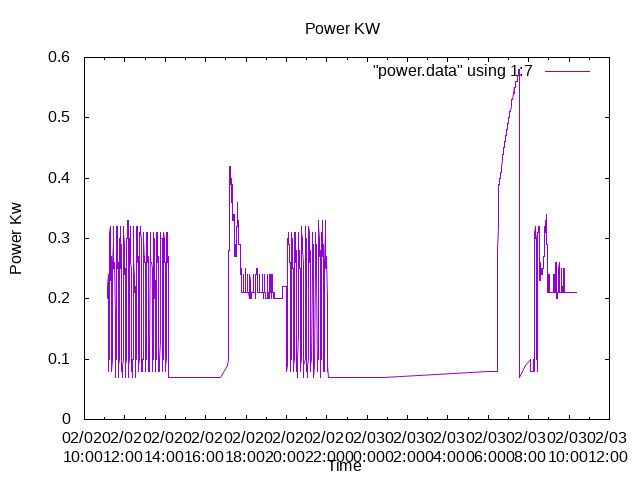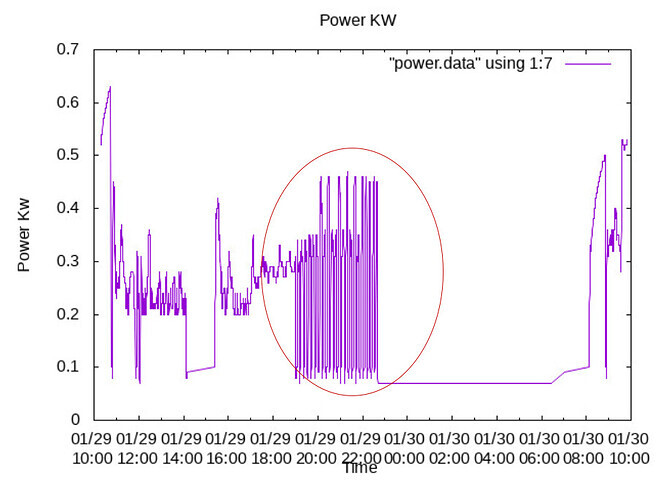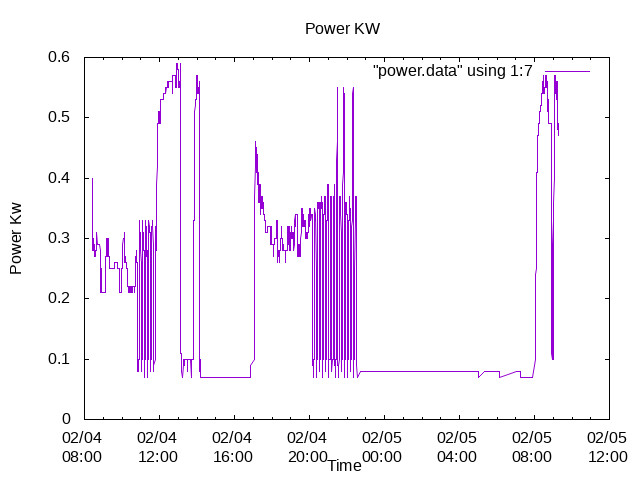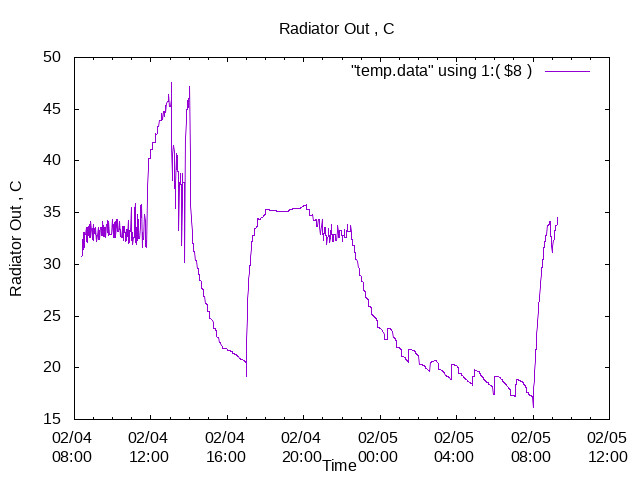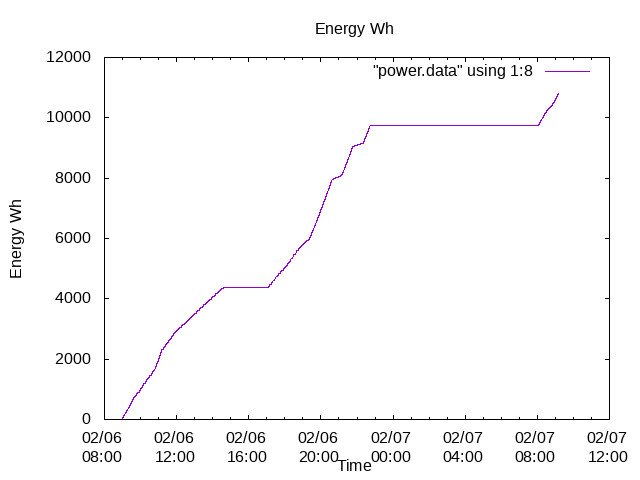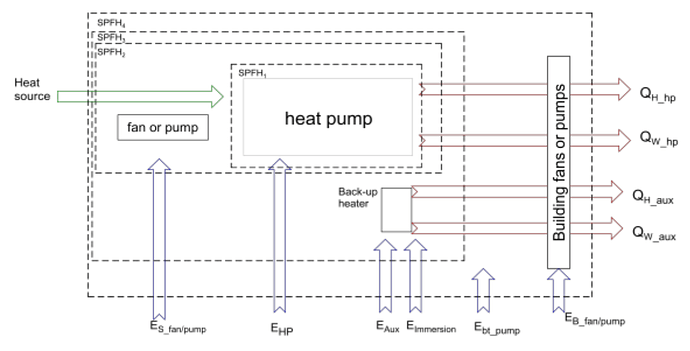Hi Tim,Trystan,
The Pipes are now a Bus Backbone of 22 mm Copper pipes.
Each radiator is connected to the bus by 15 mm feeders.
Each Radiator has a TRV fitted.
The Network is protected by PRV’s fitted at both ends.
The Heat Pump is protected , and isolated from the Radiators by the Heat Exchanger.
I initially wanted my entire house heated by the Heat Pump, but that proving impossible, I have been reduced to heating my living room only.
The System , as it stands, is not capable of heating my sole heated room , my Living room, during cold periods when the outside temperature is less than three degrees…
The Tank was fitted to remove the violent oscillations that occurred when the heat pump was operating at 25% of maximum power, as shown in the MCS documentation.
The Tank was also justified by Samsung in that the pipe volume on the primary side of the Heat Pump had only 6 litres. Samsung stipulate a minimum of 20 litres.
The Tank was also justified by Samsung in that it would prevent Winter Freezing.
My Then “installer” fitted the tank in parallel not understanding, why, or where, the tank was to be installed.
I know , it is a long story , but , for me a costly and painful exposure to the realities of Heat Pumps.
ian
